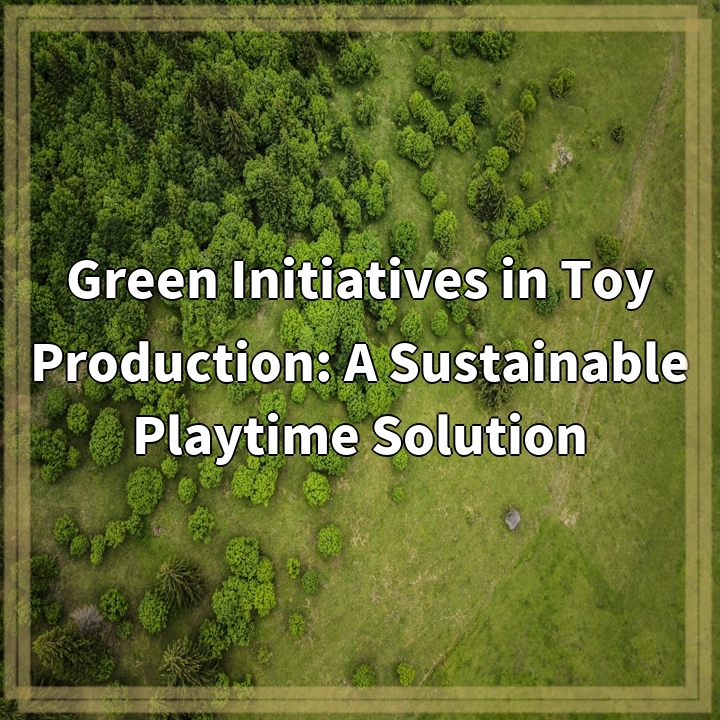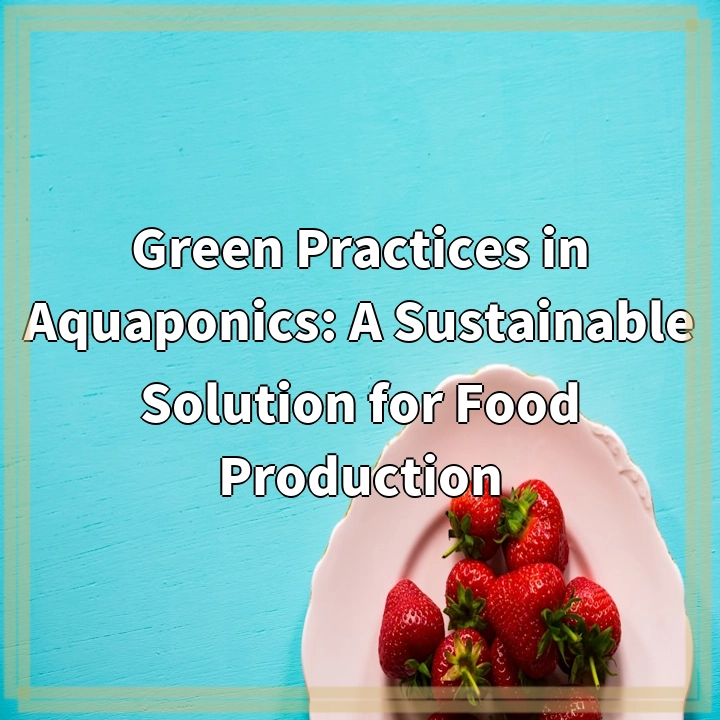
What it is:
Green Initiatives in Toy Production refer to the various efforts and strategies implemented by toy manufacturers to adopt more sustainable practices throughout the entire production process. This includes minimizing environmental impacts and promoting social responsibility at every stage of toy manufacturing, from sourcing raw materials to distribution and disposal.
Real-World Problems:
The toy industry, like many other industries, faces several environmental and social challenges that necessitate the adoption of green initiatives. Here are some key real-world problems associated with toy production:
1. Resource Consumption:
Traditional toy production relies heavily on non-renewable resources such as plastic and metals, contributing to resource depletion and increasing landfill waste. The extraction and processing of these materials also lead to significant carbon emissions and pollution.
2. Chemical Exposure:
Many conventional toys contain harmful chemicals such as phthalates, lead, and bisphenol A (BPA), which can pose risks to children’s health. These substances can leach out of the toys and pose potential hazards when children come into contact with them.
3. Waste Generation:
The toy industry generates a substantial amount of waste during production, packaging, and disposal. Plastic packaging, broken or unwanted toys, and product manufacturing scrap contribute to the growing issue of plastic pollution and overflowing landfills.
4. Social Impacts:
Toy production often involves labor practices that exploit workers, especially in regions with weak labor regulations. Unfair wages, long working hours, and unsafe working conditions are prevalent issues that need to be addressed within the industry.
5. Lack of Awareness:
Many consumers and manufacturers are not fully aware of the environmental and social impact of toy production. There is a need for greater education and awareness among stakeholders to encourage sustainable choices and motivate industry-wide change.

Solutions for Green Initiatives in Toy Production:
1. Sustainable Material Alternatives:
To address the resource consumption problem, toy manufacturers can explore the use of sustainable and renewable materials like bamboo, recycled plastics, or organic fabrics. These materials have a lower carbon footprint and reduce dependence on non-renewable resources.
2. Safe and Non-Toxic Toy Manufacturing:
To tackle the issue of chemical exposure, toy manufacturers should prioritize the use of non-toxic and eco-friendly materials in their production. Implementing strict testing and certification processes can ensure that toys are free from harmful chemicals and safe for children to play with.
3. Circular Toy Economy:
To minimize waste generation, the toy industry can adopt a circular economy approach. This involves designing toys for durability, repairability, and recyclability. Implementing take-back programs and promoting toy reuse and recycling can help reduce landfill waste and promote a more sustainable toy lifecycle.
4. Ethical Supply Chains:
Addressing the social impacts of toy production requires ensuring fair labor practices throughout the supply chain. Toy manufacturers should prioritize working with suppliers who provide fair wages, safe working conditions, and adhere to ethical labor standards. Implementing transparency measures can also provide visibility into the entire supply chain.
5. Awareness and Education:
Increasing awareness among consumers and industry stakeholders is crucial to drive sustainable change. Promoting educational campaigns, labeling systems, and facilitating discussions around the environmental and social impact of toy production can encourage informed consumer choices and push for industry-wide sustainability initiatives.















